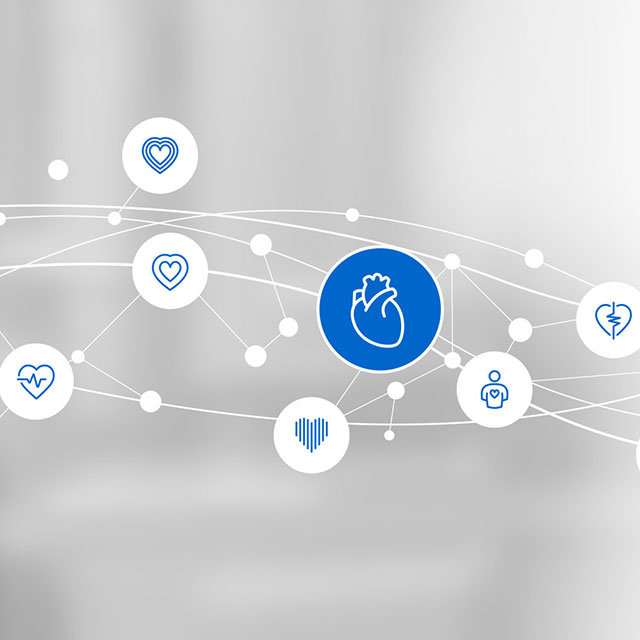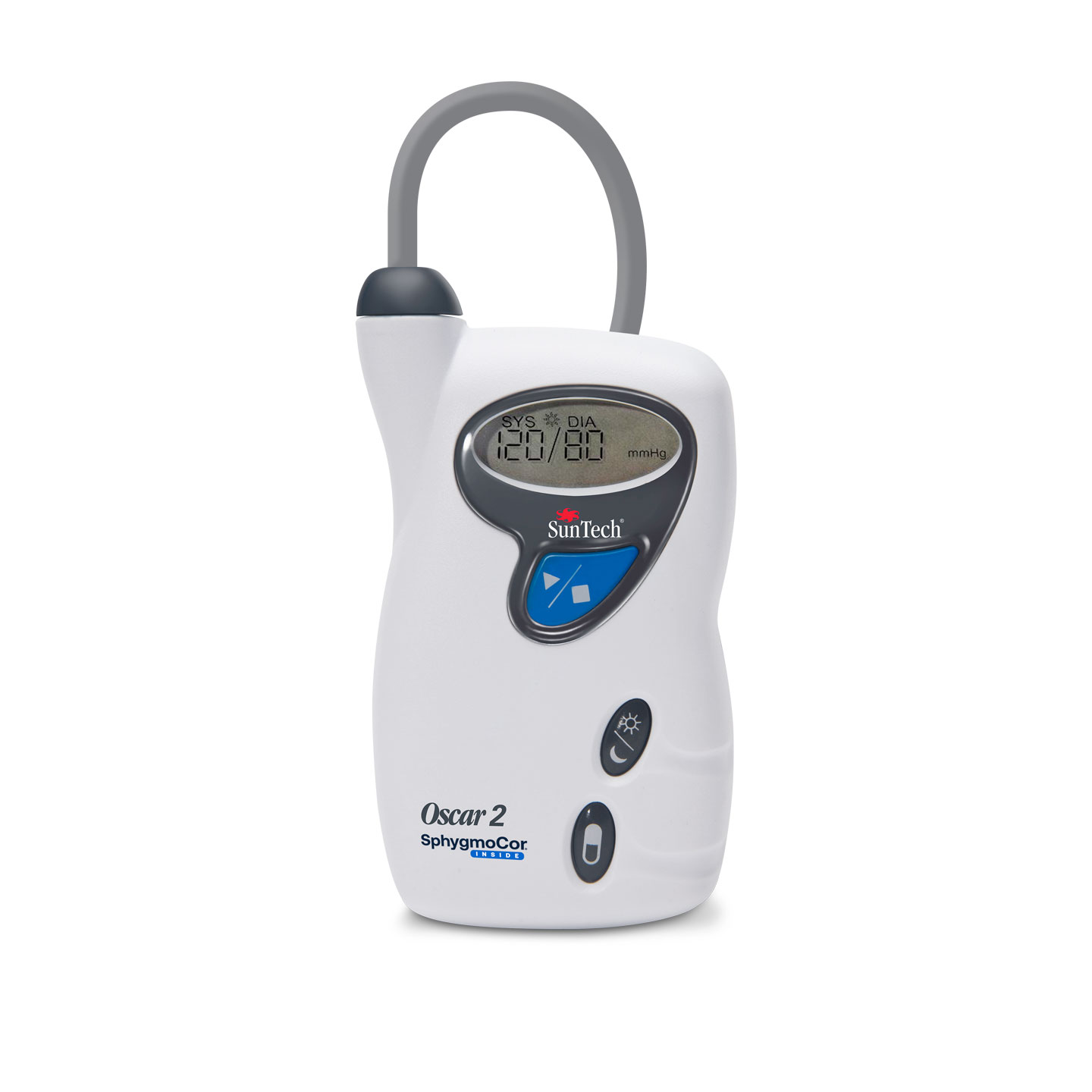Hypertension
Personalize Management Strategies for Blood Pressure Control
1 in 3
Worldwide, 1 in 3 adults has high blood pressure.1
131b
High blood pressure costs the United States about $131 billion each year.2
23%
About 1 in 4 adults with hypertension has their hypertension under control.3
Hypertension and Arterial Stiffening Go Hand-in-Hand

Hypertension and Arterial Stiffness
Precision Hypertension Management

Utility of Vascular Biomarkers in Hypertension Management
Vascular Biomarkers Explained
Incorporate Vascular Biomarkers into Hypertension Management

In-Clinic
- Provide a comprehensive assessment of the patient's cardiovascular health and risk stratification.
- Establish regular follow-up and re-assessment of vascular biomarkers to adjust treatment as the patient’s vascular status changes.
- Reimbursable with CPT 93050.

At Home
- Regular measurements of vascular biomarkers can provide ongoing insights into cardiovascular health.
- Integration with telemedicine enables an ongoing patient-provider interaction and enhances personalized care.
- Reimbursable with CPT 9945x & 99091.

SphygmoCor® XCEL
Capture comprehensive central hemodynamics and arterial stiffness insights at point-of-care and in clinical trials.

CONNEQT Pulse
Monitor arterial health insights with ease at home and on-the-go.

Oscar 2
Gold standard in 24-hour central hemodynamics and ambulatory blood pressure monitoring (ABPM).
1 World Health Organization
2,3 CDC Facts About Hypertension




